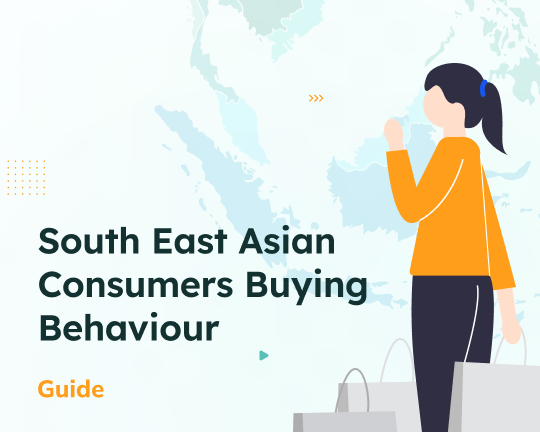Filipino consumers are part of the growing consumer base in Asia that is developing as a middle class in the emerging markets. In the digital realm, the market is the second-largest in Southeast Asia (after Indonesia) with 69 million users and continues to grow. Moreover, Filipinos are known as early adopters of technology. As large number of the young Filipinos are maturing, it presents a favourable opportunity to invest in businesses in the region. However, while doing so, businesses may also need to consider that an uneven distribution of wealth still remains a challenge in the country.
The average monthly family income in the Philippines in 2021 is around P25,600, or 466 USD.
The Philippines’ real GDP grew by 7.6% in 2022, driven by household spending, despite inflationary pressures and elevated interest rates.
Source: OECD Development Centre, 2023
1. Family Values
Filipino consumers often prioritise the needs and well-being of their families. They consider the opinions and preferences of their family members when making purchasing decisions.
It is common in Filipino families that during payday the family members plan together their next purchases, with parents playing the role of main decision makers. Children are usually rewarded with wanted items for their accomplishments such as good grades, awards and good deeds.
A proof of family-orientation within Filipino customers is the result of the study conducted by WorldRemit that revealed Filipinos spend 331% of their monthly income (an average of PHP 37,106) during the Christmas holidays.


2. Influenced by Social Circles
Social networks and personal relationships have a significant impact on Filipino consumer behaviour that shapes purchasing decisions. In many cases, family members, friends, and colleagues are the usual influencers to Filipino consumers. They listen to the advice of people around them when choosing the brand that will suit their needs.
According to Nielsen’s Global Trust in Advertising Survey, 91% of consumers in the Philippines place trust in word-of-mouth recommendations from people they know. Notably, it is the highest trust level for this ad format among Southeast Asian consumers.
The significance of word-of-mouth and the importance of reputation are also characteristics of Vietnamese consumer behaviour.
3. Price-Sensitivity
Price heavily influences Filipinos choices, with them typically opting for products within their budget. According to Kantar’s 2020 Purchase Confidence report, it confirms that “value for money” is the highest consideration for Filipino shoppers. Price is the first thing Filipino shoppers check online, with many using digital platforms as a virtual price catalogue and compare deals from different stores. Highly price-sensitive consumers who are usually geographically bounded or dealing with notoriously bad traffic have become the main beneficials of the online shopping advantages. Therefore, 92% of adults surveyed by Agile Data Solutions (2023) were able to save money by purchasing essential items online, proving that discounts, promotions, and deals are influential factors that attract customers.
In fact, price sensitivity is also common for its neighbouring countries such as consumers in Malaysia and consumers in Indonesia.
4. Brand Loyalty
Even with price sensitivity, trust and reputation play a crucial role in the decision-making process of Filipino buyers as they often stick to brands they trust. Filipino consumers are more likely to stick to brands they know and buy products if said products are accompanied by freebies, according to a Nielsen online survey. Filipinos often try and test brands within the household and when a product receives positive evaluation by family members over time, it is readily recommended to friends, colleagues, and acquaintances. The Southeast Asian market overall is one of the fastest-growing loyalty and rewards programs markets globally, and a large part of this growth is driven by the market in the Philippines itself.
5. They are not abandoning brick-and-mortar stores.
Online shopping is experiencing a significant growth in the Philippines that is driven by the increasing accessibility of the internet and the convenience it offers. However, a study reveals that even though consumers prefer to buy familiar commodities online, 77% of them still prefer a hands-on approach when it comes to new products. Sensory and emotional experience of on-site shopping are still preferred over online shopping convenience. Filipino consumers tend to maintain a balance between in-store and online shopping experiences. This suggests that brick-and-mortar stores may increasingly serve as venues for product launches and trials.
What's next for you?
Understanding consumer behaviour before designing your marketing strategy is a crucial step. Often, companies attempt to replicate strategies that have shown success in other markets without making necessary adjustments. This frequently leads to unexpected poor results and ineffective budget spending. If you are developing one of Southeast Asian markets and looking for effective ways to generate leads there you may consider contacting our team at “Lead Gen and CRM”. We have supported numerous clients in SEA with their lead generation campaigns providing them with powerful solutions.





